Bitumen is a complex mixture of natural compounds ranging from non-polar saturated hydrocarbons to extremely polar and highly condensed aromatic complexes. The chemical composition of the molecular species determines the bitumen’s internal structure to a great extent. Bitumen is a complicated chemical mixture of mostly hydrocarbon molecules with several structurally similar heterocyclic species and functional groups containing Sulphur, nitrogen, and oxygen atoms. Metals such as vanadium, nickel, iron, magnesium, and calcium, in the form of inorganic compounds and oxides or porphyrin statures, are also found in significant amounts of bitumen. Three further bitumen samples were chosen to compare bitumen from the major vein deposits in the Uinta Basin with Trinidad Lake Asphalt, petroleum pitch, and oil shale kerogen in a study to determine the compositions of Gilsonite. Later, the comprehensive research revealed the variances in bitumen and provided a clearer understanding of the relationship between composition and bitumen macroscopic qualities. Elemental analysis (EA) provides information on the carbon, hydrogen, Sulphur, oxygen, and nitrogen content of the various forms of bitumen.  Carbon and hydrogen structure most of the molecules. The heteroatoms (nitrogen, Sulphur, and oxygen) are only found in trace concentrations. The chemical characteristics of the various bitumen from the Uintah Basin and Trinidad Island vary significantly, providing a means of describing and distinguishing them. Although the reservoir features of the Gilsonite deposit and Lake Pitch differ significantly, one striking commonality exists between the two deposits in the hydrogen-to-carbon atomic ratio. Gilsonite has a larger carbon content and includes roughly a quint of the nitrogen but only about a fifteenth of the Sulphur. The amount of oxygen in bitumen varies, and there are no clear trends when comparing one bitumen to another.
Carbon and hydrogen structure most of the molecules. The heteroatoms (nitrogen, Sulphur, and oxygen) are only found in trace concentrations. The chemical characteristics of the various bitumen from the Uintah Basin and Trinidad Island vary significantly, providing a means of describing and distinguishing them. Although the reservoir features of the Gilsonite deposit and Lake Pitch differ significantly, one striking commonality exists between the two deposits in the hydrogen-to-carbon atomic ratio. Gilsonite has a larger carbon content and includes roughly a quint of the nitrogen but only about a fifteenth of the Sulphur. The amount of oxygen in bitumen varies, and there are no clear trends when comparing one bitumen to another.
gilsonite formula
Gilsonite from the Uintah Basin has been subjected to several advanced analytical studies in order to characterize its distinctive features. Vacuum thermal gravimetric analysis (TGA), nuclear magnetic resonance (NMR), Fourier transforms infrared spectrometry (FTIR), vapor pressure osmometry (VPO), high-performance liquid chromatography (HPLC), rapid capillary gas chromatography (RCAP), and several fractionation techniques are among the test methods for reference. H/C ratios and NMR studies show the presence of a substantial aromatic proportion. The majority of aromatics are found in stable, conjugated systems, most likely porphyrin-like structures related to the product’s geologic origin. Long, paraffinic chains make up the rest of the product. Gilsonite is distinguished by its high nitrogen concentration, mostly in the form of pyrrole, pyridine, and amide functional groups. There are also phenolic and carbonyl groups. Because nitrogen has a low oxygen content compared to oxygen, much of the nitrogen likely has just minimal functioning. This is most likely what gives Gilsonite powder its unique surface wetting capabilities and oxidation resistance. Gilsonite has a molecular weight of around 3000. This is a fairly high percentage compared to other asphalt products and most synthetic resins. This could be related to Gilsonite’s semi-polymeric activity in polymeric and elastomeric systems when used as a modifying resin.  Gilsonite has some reactivity potential. There have been crosslinking and addition reactions detected. Under some conditions, Gilsonite is known to react with formaldehyde molecules. Gilsonite dissolves in aliphatic, aromatic, and chlorinated hydrocarbon solvents. Most ketones have low solubility. However, it is soluble in mixed aromatic solvents that contain a ketone component. Water, alcohols, and acetone do not dissolve Gilsonite.
Gilsonite has some reactivity potential. There have been crosslinking and addition reactions detected. Under some conditions, Gilsonite is known to react with formaldehyde molecules. Gilsonite dissolves in aliphatic, aromatic, and chlorinated hydrocarbon solvents. Most ketones have low solubility. However, it is soluble in mixed aromatic solvents that contain a ketone component. Water, alcohols, and acetone do not dissolve Gilsonite.
gilsonite chemical formula
Gilsonite is a complex system of hydrocarbons and heteroatoms composed of several distinct elements. Saturates, aromatics, resins, and asphaltenes are the four main chemical families created during the segregation of Gilsonite asphalt with certain solvents. The formation of macrostructures or “micelles” is caused by the combination of asphaltene sheets (highly polycondensed pseudo monomers of a carbon black-bone, chemical functions, and heteroatoms surrounded by aliphatic chains). They can also join together to form aggregates. The distinct elements of bitumen adhere to a colloidal law, represented by the following relationship. According to empirical data, values of 0.9 and higher suggest bitumen with unstable asphaltene, while values below 0.7 indicate bitumen with stable asphaltene. According to empirical data, values of 0.9 and higher suggest bitumen with unstable asphaltene, while values below 0.7 indicate bitumen with stable asphaltene. The asphaltenes’ stability is unknown between 0.7 and 0.9 [8]. The SARA technique was used to compute the CII values of the two bitumen samples.  The CII value of Gilsonite was larger than 0.9, suggesting that due to its higher asphaltene concentration and lower aromatics and resin content, asphaltene deposition occurs in this bitumen sample. On the other hand, TLA had a CII value lower than 0.7, which is typical of paving grade bitumen, indicating that TLA has a more scattered structure than Gilsonite. It’s worth noting that Gilsonite’s instability, which stems primarily from cracking and tiebreaking processes, leads to free radicals formation, which in turn leads to polymerization chain reactions, which eventually lead to the formation of the degradation products.
The CII value of Gilsonite was larger than 0.9, suggesting that due to its higher asphaltene concentration and lower aromatics and resin content, asphaltene deposition occurs in this bitumen sample. On the other hand, TLA had a CII value lower than 0.7, which is typical of paving grade bitumen, indicating that TLA has a more scattered structure than Gilsonite. It’s worth noting that Gilsonite’s instability, which stems primarily from cracking and tiebreaking processes, leads to free radicals formation, which in turn leads to polymerization chain reactions, which eventually lead to the formation of the degradation products.
gilsonite chemical structure
Gilsonite can be combined with a spread of various chemicals and materials that have the benefit of its explicit physical and chemical qualities. Binder and coating employed in the science, wood merchandise, refractory, and different industries highlight the material’s skillfulness and utility. Natural rubber may be replaced with a substance that is non-toxic, non-carcinogenic, and efficient. In metal alloys, Gilsonite is used as a curing agent. Once additional to liquefied steel, this material contains a high carbon content that provides a subtractive setting. Gilsonite is employed as a curing agent within the shaping of metals yet again. Gilsonite additionally creates less vapor in high temperatures than different polymers. Within the steel desulfurization method, Gilsonite is used as a curing and commixture ingredient. This substance contains volatile parts that create commixture desulfurization chemicals like metal and hydroxide easier. Moreover, it raises the proportion of carbon additional to steel products, and it provides a subtractive setting once a chemical reaction happens at high temperatures.  Gilsonite, a curing agent, is employed within the fabrication of clutch plates and brake components. This material is additionally used as a pigment to boost the color of paint and, in some things, to cut back friction. Gilsonite is additionally utilized as an Associate in nursing insulating coating for pipelines. This is often a nontoxic gum with nice adhesion properties. Gilsonite may be wont to create with chemicals inert anti-corrosion coatings. Gilsonite could be a curing agent employed in the wood and woodwork industries (glue). Waterproof and corrosion-resistant, this material is good for outdoor use. Gilsonite generates an extraordinarily exhausting product since it’s awfully exhausting rosin. This substance is additionally wont to create paints, and its chemical qualities permit it to permeate the surface of the items that require to be affixed along. Gilsonite additionally produces a sticky substance that’s proof against the immolating caused by ultraviolet.
Gilsonite, a curing agent, is employed within the fabrication of clutch plates and brake components. This material is additionally used as a pigment to boost the color of paint and, in some things, to cut back friction. Gilsonite is additionally utilized as an Associate in nursing insulating coating for pipelines. This is often a nontoxic gum with nice adhesion properties. Gilsonite may be wont to create with chemicals inert anti-corrosion coatings. Gilsonite could be a curing agent employed in the wood and woodwork industries (glue). Waterproof and corrosion-resistant, this material is good for outdoor use. Gilsonite generates an extraordinarily exhausting product since it’s awfully exhausting rosin. This substance is additionally wont to create paints, and its chemical qualities permit it to permeate the surface of the items that require to be affixed along. Gilsonite additionally produces a sticky substance that’s proof against the immolating caused by ultraviolet.
gilsonite chemistry
Gilsonite is a naturally occurring fossil resource that is analogous to an natural asphalt derived from petroleum and is rich in asphaltenes. Asphaltenes are a category of organic compounds that are operationally characterized based on their solubility in organic solvents. As a consequence of this operational definition, asphaltenes can have a broad variety of possible compositions and structures that can fit into this category. Because of its complexity, the identification of specific molecules might be difficult.  Gilsonite is a bituminous substance that can be produced by the oxidation and polymerization of oil in a natural setting over the course of millions of years. Rock fractures of a depth of several tens of centimeters to several meters and a width of merely a few tens of centimeters to several meters are the sites where they can be found forming. Because it has survived for such a long time in the hostile natural environment, its qualities, particularly its resistance to the effects of aging, are very durable.
Gilsonite is a bituminous substance that can be produced by the oxidation and polymerization of oil in a natural setting over the course of millions of years. Rock fractures of a depth of several tens of centimeters to several meters and a width of merely a few tens of centimeters to several meters are the sites where they can be found forming. Because it has survived for such a long time in the hostile natural environment, its qualities, particularly its resistance to the effects of aging, are very durable.
chemical composition of gilsonite
Gilsonite has a special chemical composition that results in its wide application in many industries. Some of the chemical properties of gilsonite are: A high level of asphaltenes High solubility in organic solvents, cleanliness, and consistency A large molecular weight A lot of nitrogen Gilsonite’s chemical characteristics have given it a wide range of applications, including: Refractory, steel desulfurization, friction goods, walnut wood products, waterproof pipe coatings, and adhesives are all examples of metal alloy processing. Natural asphalt is also utilized in steel desulfurization products as a binder and mixing ingredient. It contains constant volatiles that helps the other desulfurization chemicals, such as magnesium and hydrated lime, mix together. 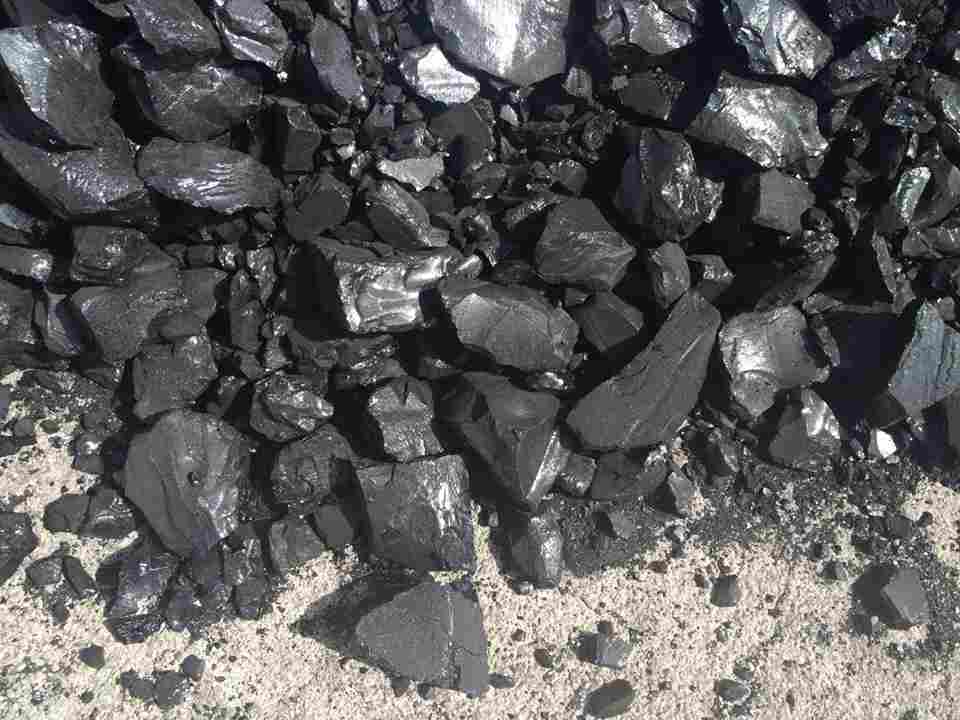 As it oxidizes at high temperatures, it will also add carbon content to the steel and generate a reductive environment. Water pipe waterproof coatings are made from natural asphalt. It’s a non-toxic, natural resin with great adhesive capabilities. Gilsonite can be used to create a corrosion-resistant, chemically inert pipe coating. Gilsonite is also used as a binder in the wood goods industry. It has great weather resistance and waterproofing qualities. Gilsonite is a hard resin, therefore particleboard made from it will be exceedingly hard.
As it oxidizes at high temperatures, it will also add carbon content to the steel and generate a reductive environment. Water pipe waterproof coatings are made from natural asphalt. It’s a non-toxic, natural resin with great adhesive capabilities. Gilsonite can be used to create a corrosion-resistant, chemically inert pipe coating. Gilsonite is also used as a binder in the wood goods industry. It has great weather resistance and waterproofing qualities. Gilsonite is a hard resin, therefore particleboard made from it will be exceedingly hard.
Gilsonite used in the rubber industry
Because sulfur is present in bitumen, the band that forms the molecule is 8-fold thicker, reducing rupture and rupture, which is critical in rubber manufacture. This additive improves bonding, and it retains a lot of rubber qualities even after being mixed with natural bitumen, which can only be divided or split by hot-pressing.  Bituminous rubber is more durable than normal tires, with 2 times the toughness and durability in the sun’s rays, preventing rubber rip, fracture, and spraying.
Bituminous rubber is more durable than normal tires, with 2 times the toughness and durability in the sun’s rays, preventing rubber rip, fracture, and spraying.
Gilsonite used in the wood industry
Gilsonite is a type of waterproof raw materials that is used to coat wood which is referred to as the name of Shapan.
Gilsonite used in Steel Products
Gilsonite is a solidifying agent used in metal sheet alloys. It has a high carbon content, resulting in a reductive environment when applied to molten steel. To find more information on the nature of Gilsonite and its wide range of applications, you can fill out the inquiry form above. Our sales representative will answer you right away.

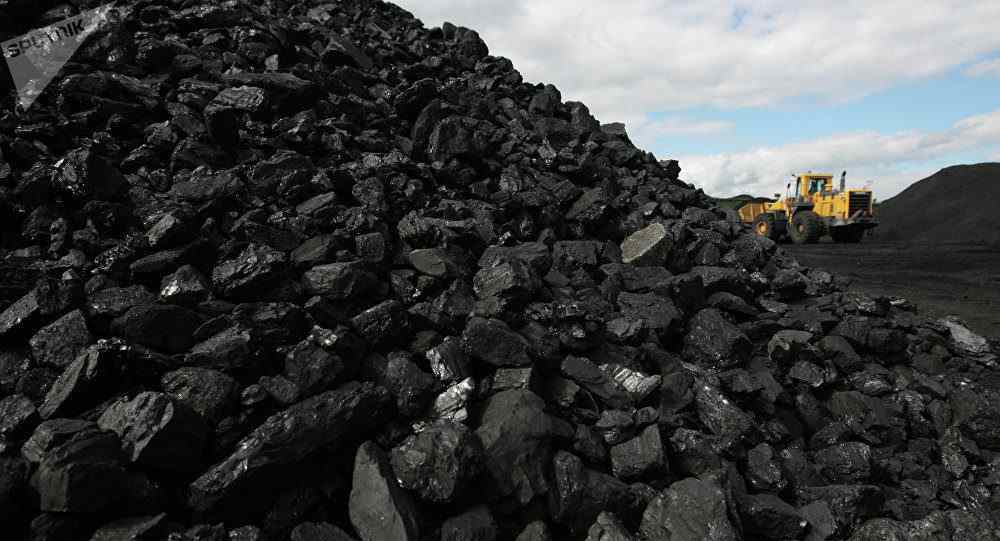
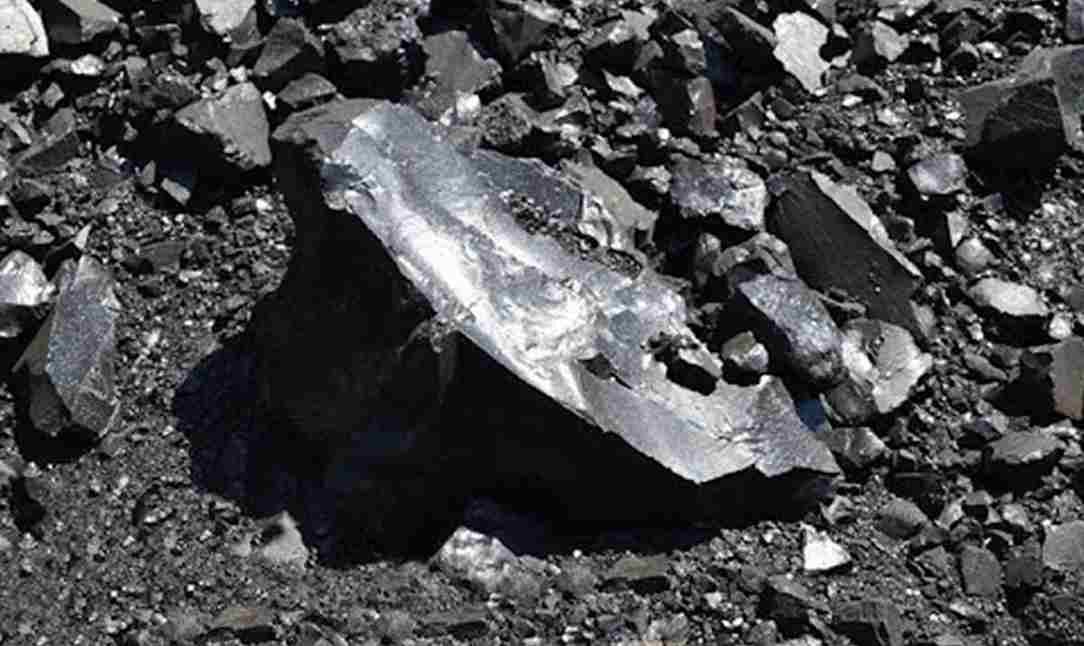
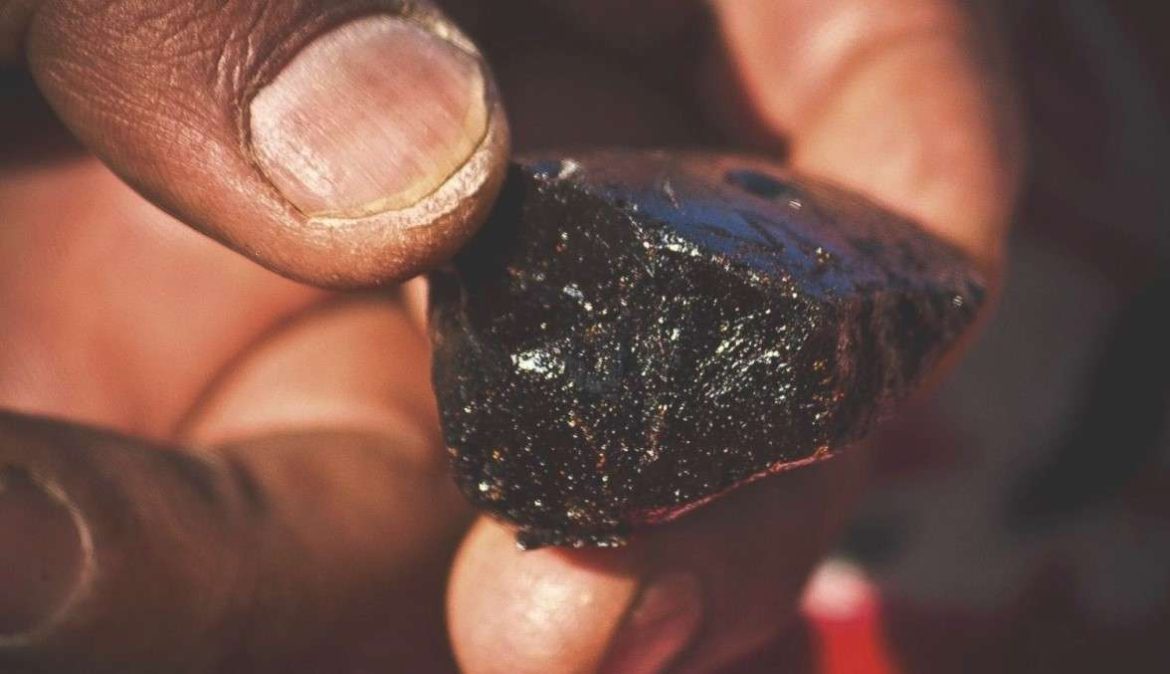

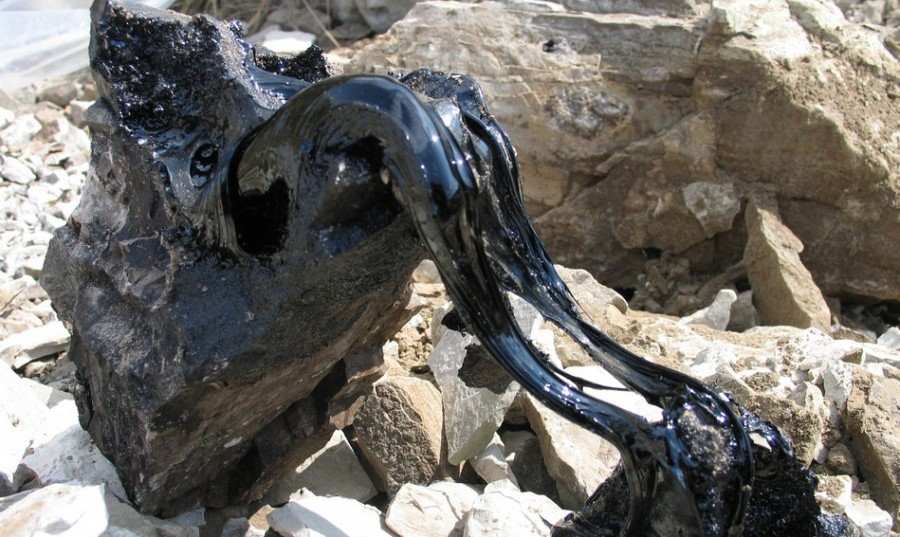
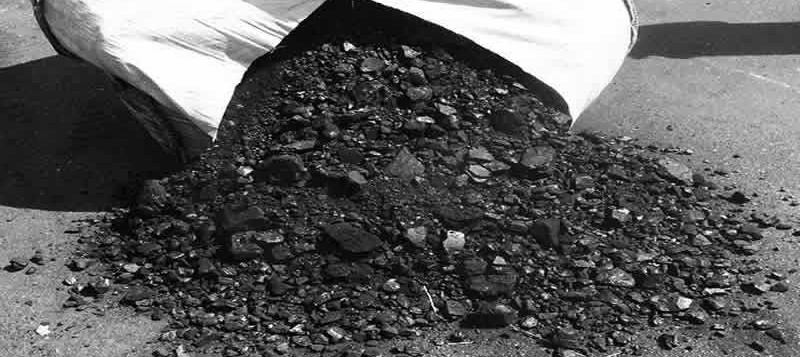
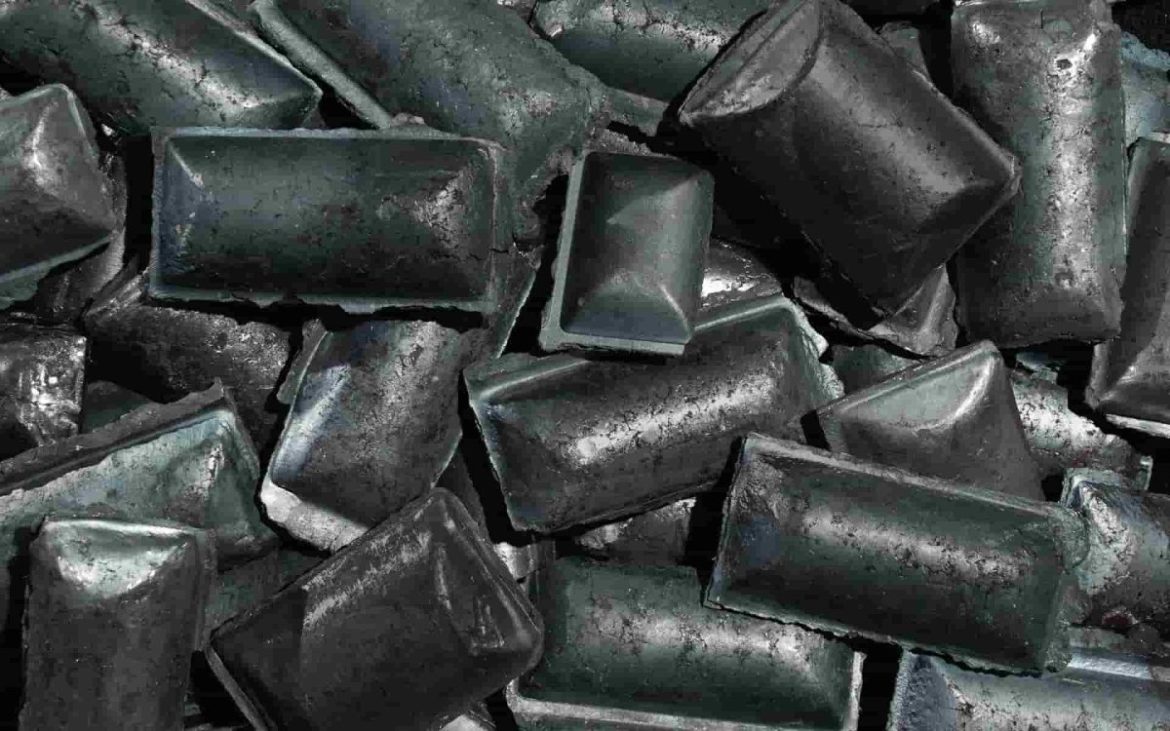
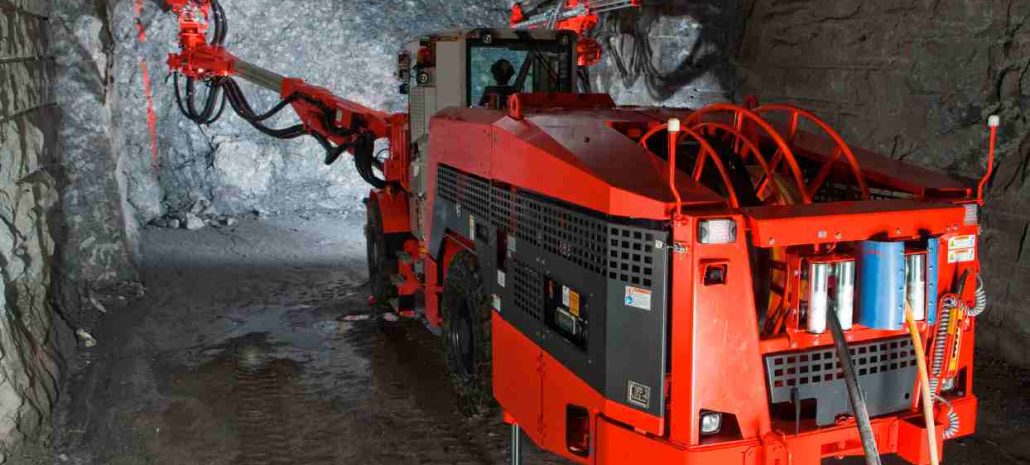

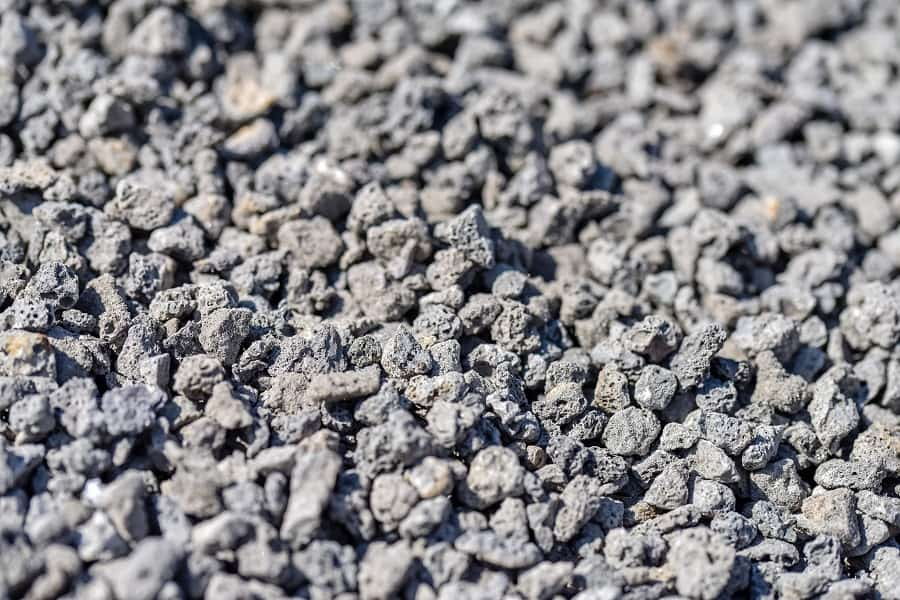
Your comment submitted.